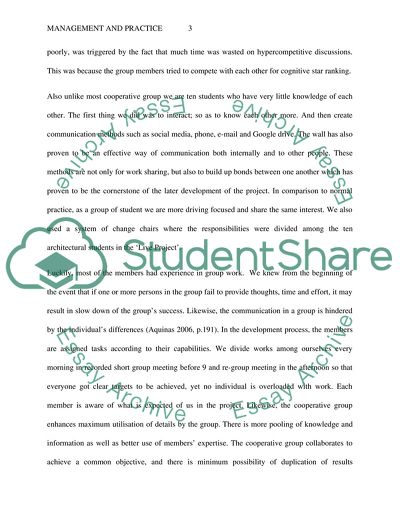Cite this document
(Management and Practice Essay Example | Topics and Well Written Essays - 2000 words, n.d.)
Management and Practice Essay Example | Topics and Well Written Essays - 2000 words. https://studentshare.org/architecture/1857306-management-and-practice
Management and Practice Essay Example | Topics and Well Written Essays - 2000 words. https://studentshare.org/architecture/1857306-management-and-practice
(Management and Practice Essay Example | Topics and Well Written Essays - 2000 Words)
Management and Practice Essay Example | Topics and Well Written Essays - 2000 Words. https://studentshare.org/architecture/1857306-management-and-practice.
Management and Practice Essay Example | Topics and Well Written Essays - 2000 Words. https://studentshare.org/architecture/1857306-management-and-practice.
“Management and Practice Essay Example | Topics and Well Written Essays - 2000 Words”. https://studentshare.org/architecture/1857306-management-and-practice.


